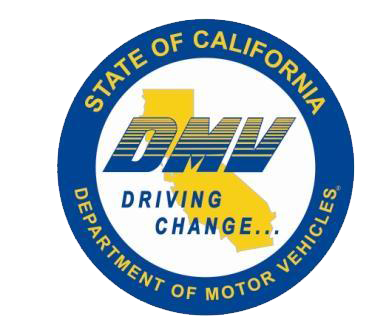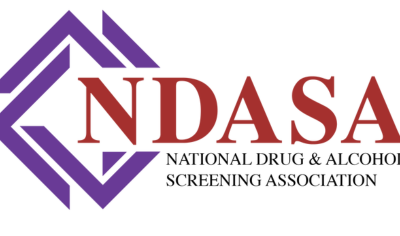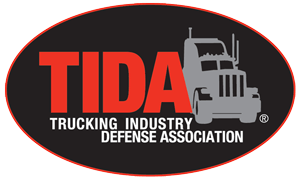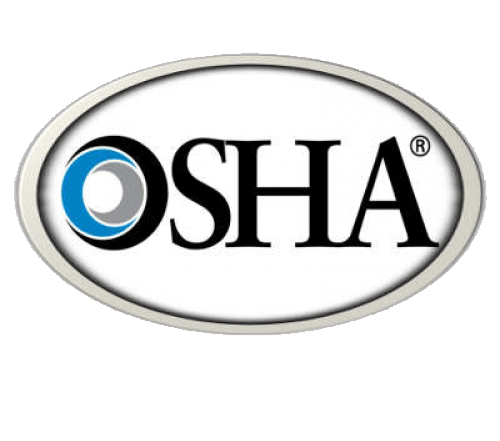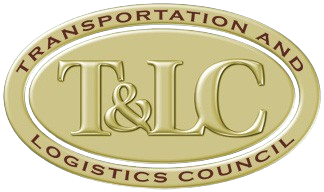BRAKE SAFETY WEEK is COMING!
Yes, you read right: Brake Safety Week is once again nearly upon us. The annual, Commercial Vehicle Safety Alliance-sponsored event is scheduled for Sunday, August 22 through Saturday August 28.
Still, don’t let the name fool you—while the emphasis is on brake systems, inspectors will be conducting full roadside inspections during the event (much like the CVSA’s annual International Roadcheck, held this past May).
So just going through the motions of ensuring that your fleet’s brake systems are up to standards—and educating your drivers on the importance of brake system safety—simply isn’t enough. You must make sure that you are compliant in all areas, lest you put yourself and your drivers at risk of fines or out-of-service orders.
With less than a month away, now is the time to educate and protect yourself.
What to Expect
During Brake Safety Week, inspectors pull over commercial motor vehicles to conduct North American Standard Inspections. They home in on brake systems and components, and this year, they will be especially focused on brake hoses and tubing—which continue to be top contributors to violations and out-of-service orders, according to Federal Motor Carrier Safety Administration (FMCSA) data.
Inspectors will look at:
- Mechanical components of air brakes and steering axle air brakes.
- Brake adjustment.
- Antilock braking systems.
- Air loss rate.
- Low air pressure warning devices.
- Tractor protection systems.
- Leaks or cracks in any system components.
But more broadly, inspectors will also examine:
- Drivers’ licenses and medical examiner’s certificates.
- Hours of service and record of duty status.
- Evidence of drug or alcohol use or possession.
- Seat belt use.
- Vehicle inspection reports (if applicable).
- Cargo securement.
Other critical components such as coupling devices; driveline/driveshaft; exhaust and fuel systems; frames; lighting devices; steering mechanisms; suspensions; tires, wheels, rims, and hubs.
Commercial vehicles found to have brake-related out-of-service violations—or other driver or vehicle violations—will be immediately pulled from the roadways and prohibited from operating until issues are corrected.
Vehicles that don’t have any critical violations, however, will receive a CVSA decal indicating that they passed inspection.
The Importance of Brake Safety Week
Clearly, brake safety is paramount, and having properly working, reliable braking mechanisms not only keeps your fleet and drivers compliant and safe, but protects others on the road.
According to the CVSA, during last year’s Brake Safety Week, 12% of the 43,565 commercial motor vehicles inspected were placed out of service for brake-related violations.
And during the 2020 International Roadcheck, brake system and brake adjustment violations accounted for more vehicle violations than any other vehicle violation category—accounting for 38.6% of all vehicle out-of-service conditions.
Furthermore, according to the FMCSA:
- “Brake systems” was the third most cited vehicle-related factor in fatal commercial vehicle and passenger vehicle crashes.
- Brake-related violations accounted for eight out of the top 20 vehicle violations in 2020.
How to Prepare
You don’t want to take chances with your fleet’s braking system—the whole point of Brake Safety Week is to ensure that commercial motor vehicles are safe and in good working condition.
The CVSA releases dates for the event in advance to remind motor carriers, drivers and mechanics and technicians of the importance of proactively checking and servicing their vehicles. In fact, the nonprofit reports, research has shown that, rather than surprise enforcement campaigns, announced campaigns help improve overall compliance.
August has also been designated Brake Safety Awareness Month—meaning that law enforcement agencies will actively perform outreach, education, and awareness campaigns to educate drivers, carriers, mechanics and others on the importance of proper brake maintenance, operation and performance.
So now is the time to protect yourself. To avoid having any of your trucks pulled from the road, perform full inspections of your fleet. While this may seem like a significant, time-consuming task, it will pay off in the long run by keeping you in compliance and violation-free. Because remember: You are ultimately responsible for any vehicle operating under your authority.
Just as importantly, you must ensure you are compliant in all other required areas to avoid fines and out-of-service orders. This includes everything from keeping your driver qualification files, CDLs and certifications up to date; to performing and documenting required drug and alcohol tests and Clearinghouse checks.
Content Disclaimer: Due to the constantly changing nature of government regulations, it is impossible to guarantee the total and absolute accuracy of the material contained herein or presented. NorthAmerican Transportation Association (NTA) cannot and does not assume any responsibility for omissions, errors, misprinting or ambiguity contained. NTA shall not be held liable in any degree for any loss, damage or injury caused by any such omission, error, misprinting or ambiguity present. It is made available with the understanding that NTA is not engaged in rendering legal, accounting or other professional service. If legal advice or other expert service is required, the services of such a professional should be sought.



